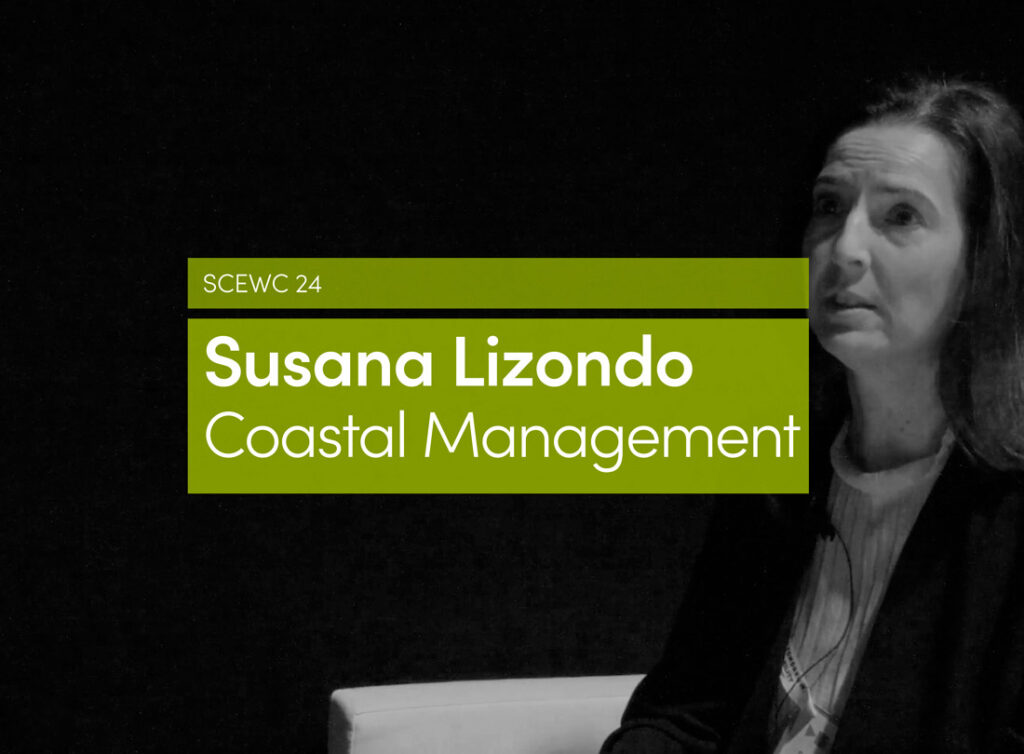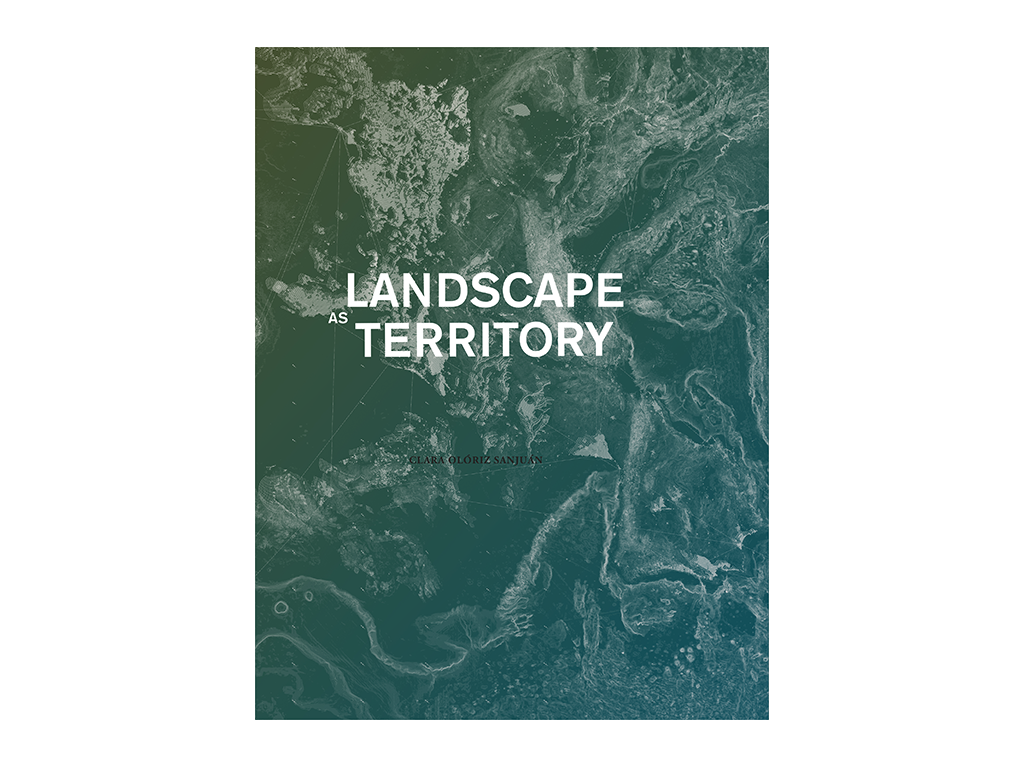Coastlines have long been represented by the hard sciences of cartography, planning and control as hard edges and lines have been imagined and constructed to delineate terra firma from its wetter counterpart. But what is a coastline? Is it a line, a wall, a barrier, an edge; or is it a liminal, fluctuating tidal condition between land and water, ecologically, culturally and socially charged with meaning and possibility? Can the hard science of the line be countered by deploying land and sea as categories, cultures, imaginaries and ways of life that exist in a state of negotiation and flux? If we unthank the lines and categories that have delineated coastlines and fixed their meanings, can tides, flux, flow and other boundary breaking phenomena forge new understandings of coastal ontologies, epistemologies and practices? Can design led interventions begin by ‘unthinking’ the line? Can design and planning for coastlines be rethought according to the logics of fluidity, flow, uncertainty, give and take?
Coastlines are subject to flows of goods, energy, money, waste, people, data, technology and ideas. They have served historically as portals between oceanic worlds and their hinterlands and as intense sites of material, economic, social and cultural exchange. The modalities and meanings of these exchanges have always been fluid and subject to a host of factors – migration, population change, working and leisure practices, modes of transportation, navigational techniques, cartographic practices, types of cargo and merchandise, the nature of coastal and maritime imaginaries etc. They are liminal zones where land and sea based practices, cultures, poetics, representations and imaginaries intersect, and where boundaries are constantly renegotiated.
Today, three trends are affecting coastlines globally: climate change, hyper-economics and logistics. As cultures, and ways of life encounter climate change, coastlines are being transformed into zones of risk and conflict between land and sea. The official response is to construct harder, stronger, more permanent barriers, to draw the line in the sand more firmly.
Are these new conditions an opportunity to think and do things differently? Can these new encounters between land and sea invite a blurring of the conceptual boundaries between them? Can the very categories of land and sea take on new meanings? Can this invent new hybrid cultures, landscapes and identities? Can the idea of coastline give way to that of wetter, softer, more absorbent ideas of the edge, as estuary, wetland or aqueous terrain? Can design develop interconnected infrastructures and landscapes that rethink the thresholds of water, land and city? Can design and planning themselves adopt logics of negotiation, contingency, flux and flow?
Just as coastlines are being subjected to new pressures from the sea, so too, are they being subjected to hyper-economic pressures from the land. Tourism, leisure, ageing populations and high-tech agriculture are a development cocktail that are urbanizing coastal areas in ways that seek to regulate and optimize climatic and aesthetic conditions and minimize the chance of outside encounter. Their spatial products – resort towns, linear coastal cities, tourist enclaves, and agri-poles produce seasonal economies and attract populations of holiday makers, retirees, tourists and low wage immigrant workers who often come into conflict with traditional local populations. How can this reinvention of the coastal zone be turned into a cultural and territorial asset? How can ideas about flux and flow be deployed to construct new socio-economic and cultural entanglements?
Coastlines are particularly susceptible to the changing logistics of intercontinental flows – licit and illicit circuits of trade, migration, ideas, beliefs, data, technologies, cultures and desires. Today these circuits are becoming more and more highly regulated. They carve out predetermined routes, optimize selected attributes (cargo handling times, road and rail access, weather conditions, (in)visibility etc.) and produce highly specialized spatial products – passages, corridors, terminals, export processing zones, ports and docks. Modern containerized ports severe relations with urbanism and serve as vast, privatised, automated nodes in networks of trade that span the globe. The wealth of inter-textuality, overlap and friction between urban scales and networks that characterized previous port cities has been lost. Can this mono-functionality be brought back into the field of urbanism? Can these elements that stand apart from cities attract former urban functions in the future and if so how? Can the land and buildings occupied by previous port functions become sites of new urbanity, combining recreation, agriculture and cultural exchange?




























